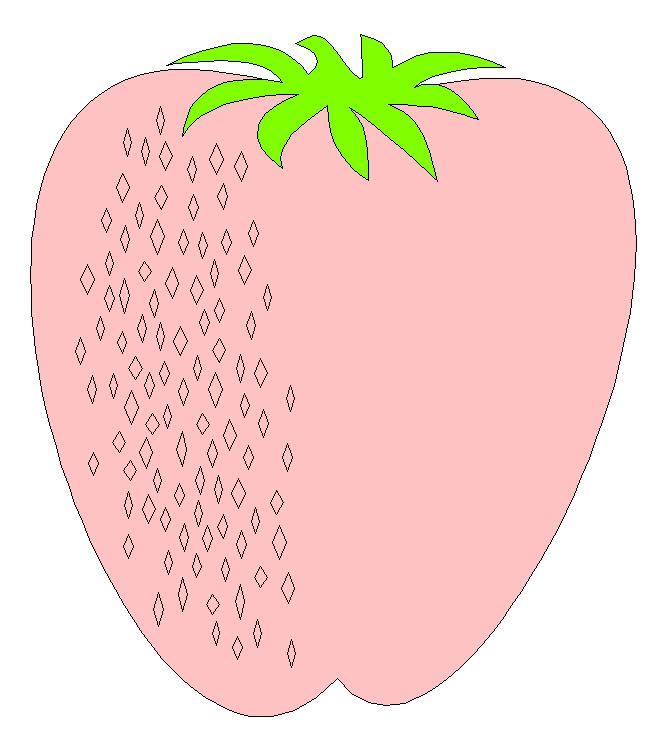 Some berry good news today from Harvard School of Public Health and the University of East Anglia. New research suggests young women can reduce their risk of heart attacks by eating these two fruits. The secret lies within the flavonoids. More specifically, it has to do with the sub-class of flavonoids, known as anthocyanins.
Some berry good news today from Harvard School of Public Health and the University of East Anglia. New research suggests young women can reduce their risk of heart attacks by eating these two fruits. The secret lies within the flavonoids. More specifically, it has to do with the sub-class of flavonoids, known as anthocyanins.
Anthocyanins are the plant colorants responsible for the vibrant colors we see in certain fruits and vegetables. For example, there’s the red hues in the strawberries and raspberries. There’s the blues in blueberries. Or how about the purple in plums, grapes, eggplant, and blackberries?
Anthocyanins are also evident in select cereal grains and flowers. These compounds offer multiple uses as natural colorants, natural antioxidants and/or nutraceuticals. What’s more, they play a significant role in human health and nutrition. 1
“Now it seems highly likely that they also enhance the health-promoting qualities of foods.” That’s according to a study published in the Journal of Biomedicine and Biotechnology. 2
And the latest study just published in the current edition of Circulation supports this belief. That’s a journal published by the American Heart Association. 3
The researchers followed 93,600 women 25 to 42 years of age from the Nurses’ Health Study II. They examined the relationship between anthocyanins and other flavonoids and the risk of heart attacks. They found that women who ate three or more servings of these two fruits each week had fewer heart attacks.
So, what are the two fruits?
Blueberries and strawberries.
Women who ate the most had a 32-percent reduction in their risk of heart attack compared to women who ate the berries once a month or less- even in women who otherwise ate a diet rich in other fruits and vegetables. 4
“Blueberries and strawberries can easily be incorporated into what women eat every week,” said Eric Rimm D.Sc., senior author and Associate Professor of Nutrition and Epidemiology at the Harvard School of Public Health in Boston, Mass. “This simple dietary change could have a significant impact on prevention efforts.”4
Blueberries and strawberries are the most-eaten berries in the United States, which is why they were used in the analysis, according to the researchers. However, similar fruits could produce the same results, researchers said.
“We have shown that even at an early age, eating more of these fruits may reduce risk of a heart attack later in life,” said lead author, Aedín Cassidy, Ph.D. Dr. Cassidy is head of the Department of Nutrition at NorwichMedicalSchool of the University of East Anglia in Norwich, United Kingdom. 4
References
1 http://pubs.acs.org/doi/abs/10.1021/bk-2011-1089.ch005
2 http://www.ncbi.nlm.nih.gov/pmc/articles/PMC1082903/
3 http://circ.ahajournals.org/content/127/2/188.full
4 http://newsroom.heart.org/news/strawberries-blueberries-may-cut-heart-attack-risk-in-women

Recent Comments